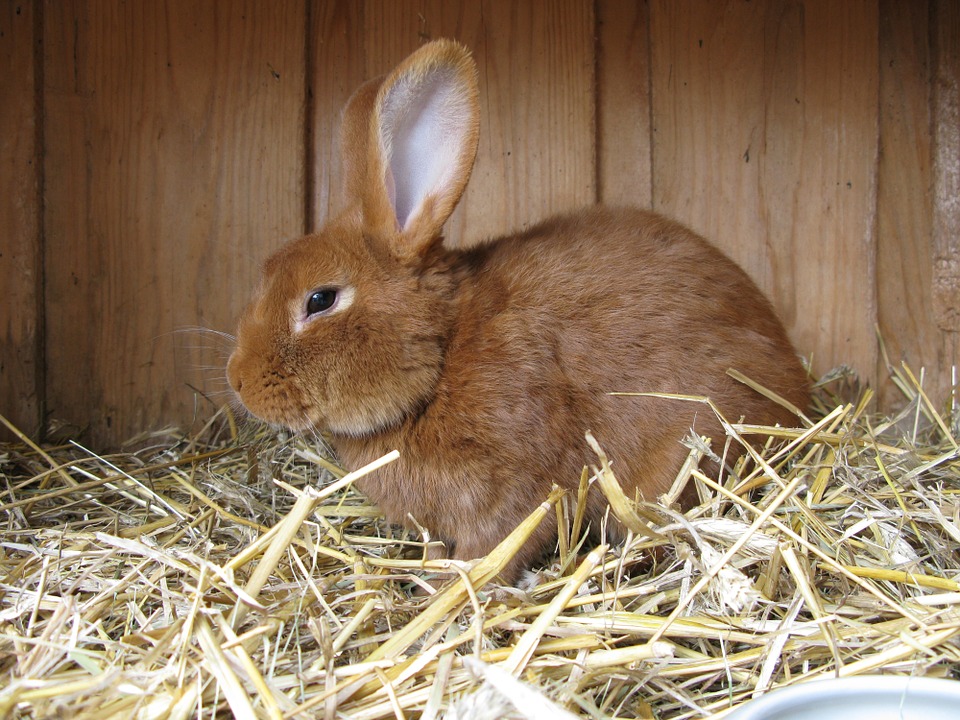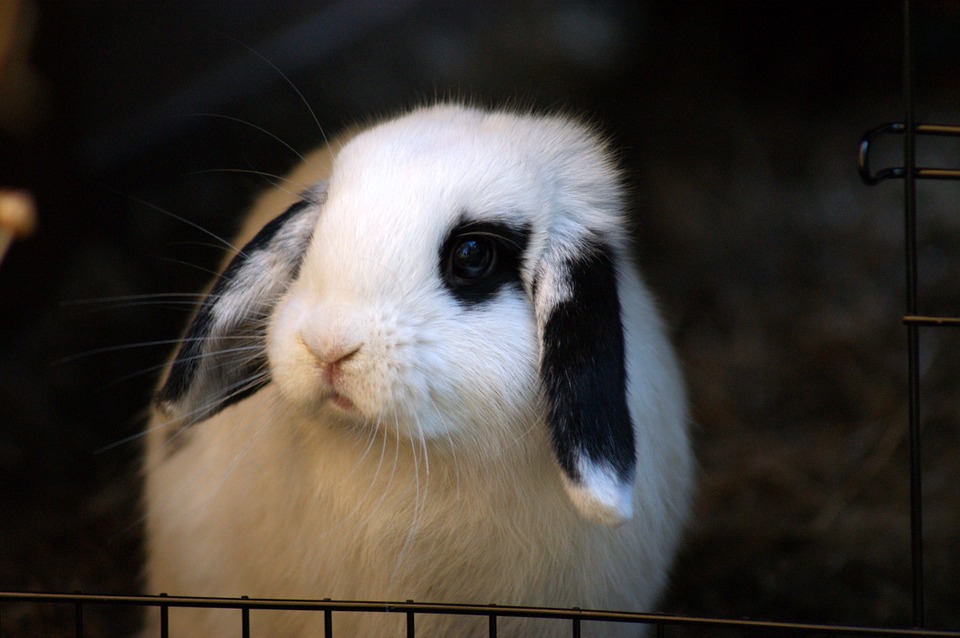This comprehensive guide explores the dietary habits of rabbits inhabiting Texas gravel roads, revealing the fascinating interplay between these creatures and their unique environment. From identifying the diverse plant species they consume to understanding the challenges they face in finding sustenance, we delve into the world of rabbits on these roadsides.
Part 1: The Gravel Road Ecosystem: A Unique Habitat

1.1. A Mosaic of Microhabitats
Texas gravel roads are not simply barren pathways; they are dynamic ecosystems hosting a mosaic of microhabitats. Compacted gravel, open spaces, and roadside vegetation create distinct areas offering varied conditions for plant growth and animal life. Sunny patches, shaded areas, and areas with disturbed soil all provide different opportunities for vegetation to thrive, creating a diverse food source for rabbits.
1.2. Roadside Vegetation: A Vital Resource
The vegetation growing along gravel roads is crucial for rabbits. These plants provide:
- Food Source: Grasses, weeds, and wildflowers offer a variety of nutrients, essential for a rabbit's health and survival.
- Shelter: Dense vegetation, like thickets of shrubs and tall grasses, provides cover from predators like coyotes, foxes, and hawks.
- Nesting Material: Dry grasses and twigs are used for building burrows and nests, offering protection from harsh weather and predators.
1.3. The Influence of Human Activity
Human activity has a significant impact on the gravel road ecosystem. Roadside maintenance practices, including mowing, herbicide use, and clearing of vegetation, can dramatically alter the composition and abundance of available food sources. However, human disturbance can also create opportunities for certain plant species to thrive. For example, disturbed soil along the roadsides can provide a suitable environment for fast-growing weeds, offering a food source for rabbits.
Part 2: Common Plant Species Found Along Gravel Roads

2.1. Grasses: The Foundation of a Rabbit's Diet
Grasses constitute a primary food source for rabbits in Texas. Common species found on gravel roads include:
- Bermuda Grass: This robust, warm-season grass is abundant throughout the summer months, providing a readily available source of food and fiber for rabbits.
- Buffalo Grass: A hardy native grass with high nutritional value, it thrives in drought conditions, offering sustenance for rabbits even during drier periods.
- Blue Grama: Another drought-tolerant native grass, providing rabbits with nutritious grazing, particularly in the cooler months.
2.2. Forbs: Adding Variety to the Menu
Forbs, broad-leaved, non-woody flowering plants, contribute to the nutritional diversity of a rabbit's diet. Some common forbs found on Texas gravel roads include:
- Clover: A highly nutritious legume offering protein, minerals, and vitamins, which are crucial for rabbit health.
- Dandelion: A ubiquitous weed with sweet, leafy greens and nutritious flower heads, often favored by rabbits.
- Plantain: A versatile plant with edible leaves and seeds, providing additional nutrients and fiber to the rabbit's diet.
2.3. Wildflowers: A Feast for the Senses
Wildflowers, with their vibrant colors and nectar-rich blooms, add visual appeal to gravel roads and provide a variety of food sources for rabbits. Popular wildflowers found in the region include:
- Indian Paintbrush: These vibrant flowers offer nectar and pollen, attracting pollinating insects, which rabbits may also consume.
- Bluebonnet: Texas's state flower, providing a tasty source of nectar and pollen, adding sweetness and variety to the rabbit's diet.
- Black-Eyed Susan: A cheerful yellow flower with edible petals and seeds, offering additional food sources and nutritional benefits.
Part 3: Adapting to the Gravel Road Environment
3.1. Dietary Flexibility: A Key to Survival
Rabbits possess a highly adaptable digestive system, allowing them to thrive on a wide variety of plants. This dietary flexibility is crucial for survival in the ever-changing environment of gravel roads, where plant availability can fluctuate significantly.
3.2. The Challenge of Water Scarcity
Water scarcity can be a significant challenge for rabbits living on gravel roads. They rely on dew, succulent plants, and occasional puddles to quench their thirst. This dependence on limited water sources can lead to dehydration, especially during dry periods.
3.3. Avoiding Toxic Plants: A Matter of Survival
While gravel roads offer a variety of food sources, some plants pose a serious threat to rabbits. It's vital for rabbits to avoid toxic plants, such as:
- Oleander: A highly poisonous plant with toxic leaves and flowers, ingesting even a small amount can cause serious illness or death.
- Nightshade: A group of plants containing solanine, which can cause gastrointestinal upset, lethargy, and even paralysis in rabbits.
- Milkweed: Though a food source for monarch caterpillars, the sap and leaves are toxic to rabbits.
3.4. Managing Predator Risks: A Constant Vigilance
Gravel roads expose rabbits to various predators, including coyotes, foxes, hawks, and even snakes. Rabbits rely on their keen senses, swift reflexes, and camouflage abilities to evade these dangers. They utilize roadside vegetation for cover and concealment, blending into the surroundings to avoid detection.
Part 4: The Role of Gravel in the Rabbit's Diet
4.1. Gravel: A Digestive Aid
While not a direct food source, gravel plays a crucial role in the rabbit's digestive process. Rabbits ingest small amounts of gravel, usually pebbles and small stones, to aid in grinding food in their stomachs. This process, known as gastroliths, helps break down tough plant matter, increasing nutrient absorption and improving digestion.
4.2. Gravel: A Potential Source of Minerals
Some gravel may contain trace minerals, such as calcium, magnesium, and phosphorus, which are essential for rabbit health. However, the mineral content of gravel varies significantly depending on its composition and origin. Rabbits generally obtain their mineral requirements from their diet, but gravel can offer a supplementary source.
Part 5: The Impact of Human Activities on Rabbit Food Sources
5.1. Roadside Maintenance: A Balancing Act
Roadside maintenance practices, such as mowing, herbicide application, and vegetation clearing, have a profound impact on the availability of rabbit food. Frequent mowing can eliminate valuable food sources, while herbicides can kill off beneficial plants, disrupting the delicate balance of the ecosystem.
5.2. Conservation Efforts: Creating a More Hospitable Environment
To mitigate the negative impacts of human activities, conservation efforts are crucial. Planting native grasses and wildflowers along roadsides can provide a diverse food source for rabbits and other wildlife. Limiting the use of herbicides and promoting sustainable maintenance practices can create a more hospitable environment for these creatures.
Part 6: The Rabbit's Diet: Beyond the Gravel Road
6.1. Seasonal Variations in Food Availability
The rabbit's diet varies with the seasons. During the spring and summer months, abundant grasses, forbs, and wildflowers provide ample sustenance. In autumn and winter, when vegetation becomes less abundant, rabbits may rely more on grasses, bark, and twigs for nourishment.
6.2. The Importance of Water: A Constant Need
Even though rabbits can obtain some moisture from plants, access to fresh water is essential. During dry periods, rabbits may travel greater distances to find water sources, such as ponds, streams, or even puddles.
6.3. The Role of Browsing: Expanding Dietary Horizons
In addition to grasses and forbs, rabbits may browse on the bark and twigs of certain trees and shrubs. This behavior can provide additional nutrition and fiber, especially during times of limited plant availability.
Part 7: FAQs
7.1. What do rabbits eat besides grasses?
Rabbits enjoy a diverse diet that includes forbs, wildflowers, tree bark, and occasionally twigs. They relish clover, dandelions, plantains, and wildflowers like bluebonnets and black-eyed susans. They may also nibble on tree bark and twigs, particularly during the winter months.
7.2. Do rabbits eat gravel?
Rabbits do not eat gravel as food. Instead, they ingest small amounts of gravel, usually pebbles and small stones, to aid in digestion. This process, known as gastroliths, helps them grind food in their stomachs, increasing nutrient absorption.
7.3. Are all plants safe for rabbits to eat?
No, not all plants are safe for rabbits. Some plants, such as oleander, nightshade, and milkweed, are toxic to rabbits and can cause serious illness or even death. It's essential to research and identify safe plants before allowing pet rabbits to graze.
7.4. How do rabbits find water on gravel roads?
Rabbits living on gravel roads rely on dew, succulent plants, and occasional puddles to quench their thirst. During dry periods, rabbits may travel greater distances to find water sources.
7.5. What can humans do to help rabbits on gravel roads?
Humans can help rabbits by practicing responsible roadside maintenance. Limiting mowing frequency, avoiding herbicide use, and planting native vegetation can create a more hospitable environment for rabbits and other wildlife.
7.6. Why is it important to protect rabbits?
Rabbits are a vital part of the ecosystem, contributing to pollination, seed dispersal, and providing a food source for predators. Protecting rabbits and their habitat is crucial for maintaining a healthy and balanced ecosystem.
Everyone is watching
-

Do Rabbits Lay Eggs? (The Surprising Truth)
OTHER TYPES OF PETSThis article will unravel the common misconception that rabbits lay eggs, exploring the fascinating world of r...
-

What's a Group of Rabbits Called? (A Comprehensive Guide)
OTHER TYPES OF PETSThis article delves into the fascinating world of rabbits, exploring the various terms used to describe a grou...
-

Can Rabbits Eat Grapes? A Guide to Safe Rabbit Treats
OTHER TYPES OF PETSThis comprehensive guide will explore the safety and suitability of grapes for rabbits, providing detailed inf...
-

Predators That Hunt Rabbits: A Guide to Natural Enemies
OTHER TYPES OF PETSI've always been fascinated by the circle of life, that delicate dance between predator and prey. Growing up ...
-

Are Rabbits Nocturnal Animals?
OTHER TYPES OF PETSThe question of whether rabbits are nocturnal animals is a fascinating one, with a surprisingly complex answer...
